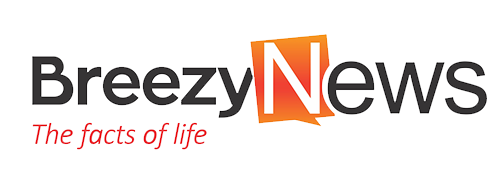Artificial Intelligence (‘AI’) and machine learning are the next phase of technological advancement. It is thus important that AI is used to push boundaries and create more opportunities.
However, with this role, there is a tendency for AI technology implementation to abuse the rights of others. This possibility has made it important that the implementation of AI technology be done ethically and legally. As such, the laws that bind humans should also bind AI.
On the 4 June 2024, the Recording Industry Association of America (RIAA), on behalf of the major record labels, filed two suits against AI music generators: Suno2 and Udio.3. The argument of the plaintiff in both cases centred around the protection of sound recordings that are generated by AI tools. Suno and Udio being AI music generators train their AI models to generate output that are an imitation of the qualities of an actual sound recording.
These AI models are trained with copies of copyrighted music and upon prompt, they produce closely similar copyrighted materials.
A popular example of the use of AI in music is seen in 2024 during the rap battle between Drake and Kendrick Lamar. In one of the diss tracks titled, Taylor Made Freestyle, released by Drake, the Canadian-born rapper included AI-generated vocals of both Tupac Shakur and Snoop Dogg on track 6.
Another popular example happened the year earlier in 2023 when an AI song called Heart on my Sleeve was released featuring Drake and The Weekend.
The entire song was created by AI and it gathered over 8.5 million views on TikTok and over 250,000 listen on Spotify.
The reality is that AI tools depend heavily on copyrighted input. In the case of Suno, the company itself alleged that the training data it uses are music files of reasonable quality that are accessible on the open Internet, abiding by paywalls, password protections, and the like, combined with similarly available text descriptions.
This use of copyrighted input to train the AI is not transformative in nature but a way of stealing from creatives without reference or compensation.
It can be likened to sampling without clearance.
AI start-ups however claim that this process is in line with the doctrine of fair use which is provided for in the Copyrights Act. This doctrine allows for copies of a protected work to be made without permission from the copyright holder under certain considerations.
This doctrine is used in furtherance of public interests over individual interests. The case of Authors Guild v. Google, Inc., 11 where the court held that it was fair use to copy all of the books in numerous university libraries in order to create a commercial, full-text searchable index of the assembled corpus.
The onus thus lies in the hands of labels to adequately protect the rights of their artist. If AI start-ups insist that newly generated output does not infringe the copyright of the works, labels could look at expanding the personality rights of artist to include sound.
Moreover, AI startups that have trained their AI Models on copyrighted music should seek to co-operate with the artists and their labels to agree on a licensing framework. Music is an emotional, cultural expression and not just a pattern of sounds and should be treated as such.
Perhaps more so than with many other technologies, there is both promise and peril with AI.
If developed with the permission and participation of copyright owners, AI models can assist humans in can assist creatives in producing new and innovative music. But if used without regard for fundamental copyright laws, they threaten the entire existence of the music ecosystem.







